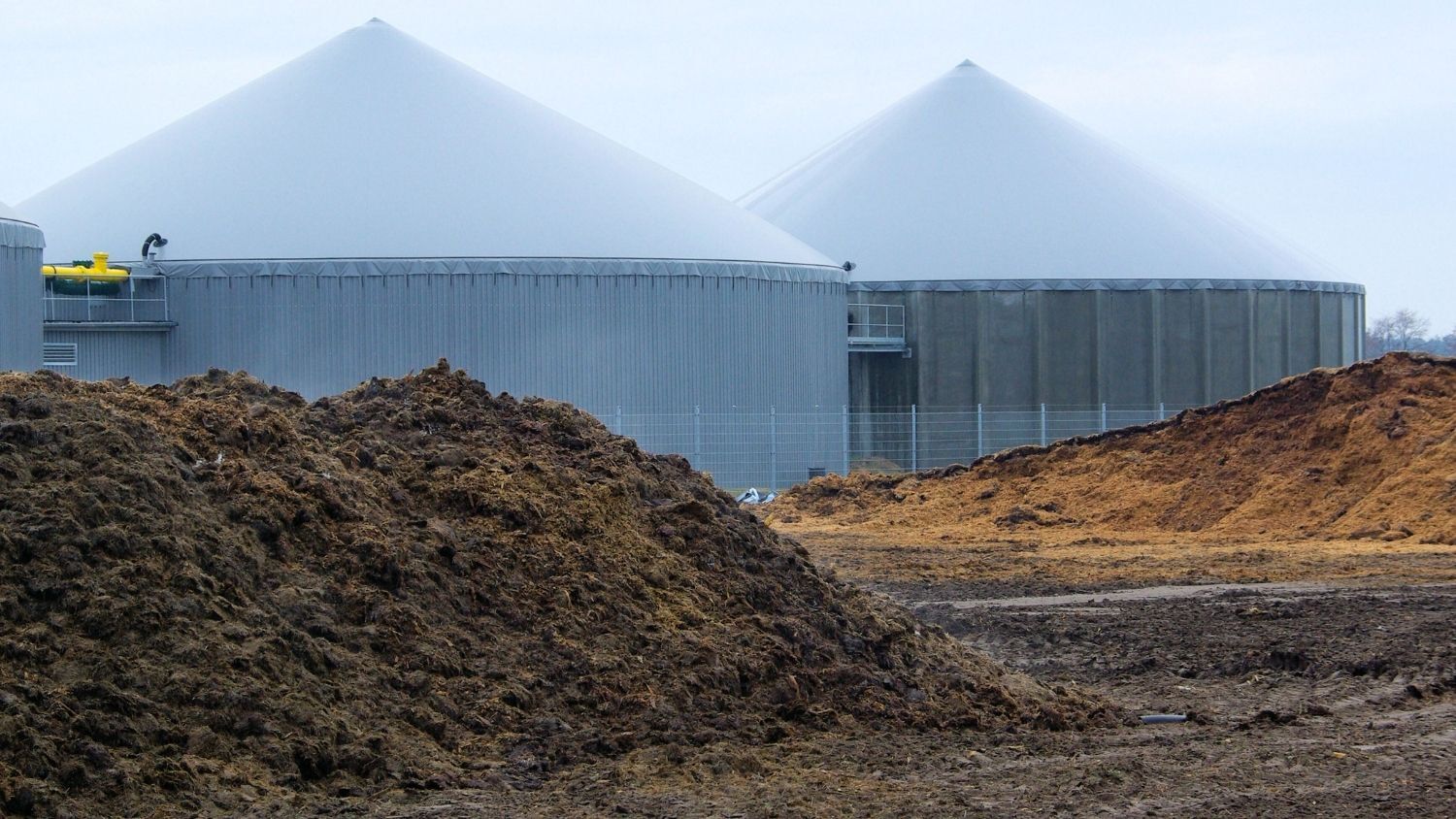Comparing adsorption and condensation technologies
Adsorption technology is based on the working capacity of a sorbent material to hold and release water. The first step in the adsorption method involves contacting the desiccant (or adsorbent) with the air stream from which water will be removed. Then, in the second step, the adsorbent material needs to be regenerated using heat to liberate the water outside the area where humidity control is required. Condensation technology relies on the ability of air to contain water; the cooler the air, the less water vapor it can contain. In the condensation method, the air temperature is reduced below the dew point, causing water vapor to condense.
Choosing a dehumidification technology
 Temperature and relative humidity are the main factors determining a dehumidification system's efficiency. If the air temperature is higher (i.e., from 10 to 32 °C), then humidity removal will be easier if the air temperature is decreased. This is because the relative humidity will increase and approach the dew point, where the water vapor condenses. Therefore, condensation technology is more suited for warm air with higher humidity levels (above 40% RH). For cooler air with lower relative humidity, an adsorption method will be more efficient. At lower temperatures, condensation systems suffer from ice formation, impacting the dehumidifiers' overall efficiency.
Temperature and relative humidity are the main factors determining a dehumidification system's efficiency. If the air temperature is higher (i.e., from 10 to 32 °C), then humidity removal will be easier if the air temperature is decreased. This is because the relative humidity will increase and approach the dew point, where the water vapor condenses. Therefore, condensation technology is more suited for warm air with higher humidity levels (above 40% RH). For cooler air with lower relative humidity, an adsorption method will be more efficient. At lower temperatures, condensation systems suffer from ice formation, impacting the dehumidifiers' overall efficiency.
Some facilities more suitable for adsorption dehumidifiers are pharmaceuticals, food, low-temperature storage, freezer rooms, and cellars, among others. In the case of condensation dehumidifiers, facilities that benefit most from its implementation are food drying, swimming pools, waterworks, data centers, and clothes and laundry drying.
MOFs in adsorption dehumidifiers
Adsorption dehumidifiers offer several advantages, including:
- Can work at low temperatures (perform best in the -10 to +10 °C range)
- Can work at low RH levels (below 40% and can decrease humidity down to 5% level)
- Remove moisture at a high rate in a single air pass
The main disadvantage of this technology is the relatively high energy consumption when typical adsorbent materials are used. Here is where novel materials such as Metal-Organic Frameworks (MOFs) come into play to enhance the energy efficiency for the regeneration step.
.jpg?width=700&height=292&name=Air%20dehumidifier%20(final).jpg)
Recent studies of MOFs have shown promising implementation results in desiccant wheel systems. For instance, Aluminum-based MOFs can reach higher dehumidification capacity than commercial silica gel, even at higher RH levels where traditional adsorbents perform poorly (i.e., 80% RH). MOFs offer advantages over other adsorbents, such as higher surface area, enhanced water adsorption, and lower temperatures for regeneration. MOFs can achieve better desorption of water (regeneration of the desiccant material) at lower temperatures such as 60 °C compared to other desiccants, outperforming them in energy consumption.
The low temperatures required for regeneration in MOF-based adsorption dehumidifiers result in lower energy consumption and cost savings. Therefore, these adsorption systems can use low-energy sources such as waste heat and solar panels. When MOF-based dehumidifiers are used with a solar panel system, the energy consumption can be reduced by up to 40% compared to a condensation dehumidification system for indoor humidity control.
Improving indoor air quality with MOFs
 Air conditioning and humidity control in a building are important, especially when many people work in the same area. Due to respiration, CO2 levels can increase, causing health issues in the workplace. For instance, if CO2 levels exceed 0.1%, people can experience headaches.
Air conditioning and humidity control in a building are important, especially when many people work in the same area. Due to respiration, CO2 levels can increase, causing health issues in the workplace. For instance, if CO2 levels exceed 0.1%, people can experience headaches.
Another advantage of adsorption dehumidifiers is that they can co-adsorb carbon dioxide during operation. In comparison with other adsorbents, MOFs can remove more CO2 during operation. For instance, under typical conditions such as 30 °C, 50% RH, and 0.4% CO2, MOFs show a dehumidification capacity six times higher than silica gel and a carbon dioxide removal 14 times higher. The advantages of MOFs for adsorption processes are derived from their exceptional structural integrity, specific host-guest interaction, and excellent hydrophilicity.
Please visit our previous blogs to learn more about the fascinating world of MOFs.




.jpg)
